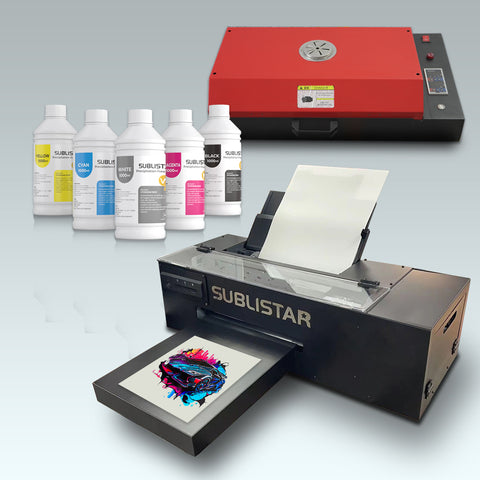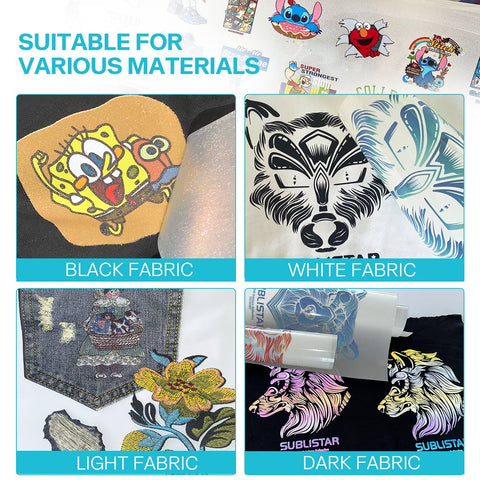DTF technology is widely utilized in accessories, décor, and apparel. Recently, personalized and unique home décor concepts have gained a lot of popularity. This is one instance where direct-to-film (DTF) printing technologies come to light. Due to its ability to produce creative, long-lasting, and excellent prints, DTF technology has grown in popularity. Beyond apparel, there are several sectors that make use of this printing process. The usage of decor is one of these areas.
Many conveniences are provided by DTF transfer technology, which is widely utilized in home décor. Using a heat press and heat process, designs printed with DTF printer ink on a specific film are transferred DTF technology is now being utilized in home accessories and décor. It may be applied to cotton, polyster, and many other surfaces.

DTF Usage Areas
Because custom DTF printing may be used on a range of surfaces, it is a flexible tool. No matter what surface DTF printing is done on, it ensures permanency for many years because DTF inks are resistant to heat, moisture, and sunlight. Prints of exceptional quality and detail are possible using this technology.
Usage areas of custom heat transfer technology are as follows:
- Home decoration
- Clothes
- Accessory
- promotional products
- Brand promotion
- Special design gifts
In contrast to printing techniques that are applied directly to the material, this process is quite distinct and offers numerous advantages over conventional printing methods. DTF is a versatile technique since it can be applied to a wide range of surfaces. It also provides a significant deal of design freedom. DTF allows for the application of high resolution designs and the production of high quality prints.

The DTF technology printing method is crucial since it streamlines production and offers numerous benefits including personalized gang sheets. The designed design is first translated onto a unique film. Using a unique adhesive powder, the pattern that is transferred on the film is attached to the cloth or other surfaces. The ink melts and sticks to the printed area more firmly because of the heat utilized. Ink sticks to the surface with greater vigor when using powder glue. Prints created with DTF technology are therefore long-lasting.
Because DTF transfer technology offers high-quality designs and excellent printing quality at a low price, small enterprises also favor it. The size of the production and the DTF printer to be used must be determined before the DTF printing process can begin. Choosing printers wisely makes production easier to execute.
The DTF printing process consists of the following stages:
- Initially, a superior design is created.
- On special films, this prepared design is transferred.
- By using heat and pressure, the design is transferred from the film to the surface.
- Between the substance and the film, powder adhesive is added to improve the ink's persistence during printing.
- The heat press method is used to transfer the ink to the surface. The ink sticks to the surface with the aid of heat.
- Both the film and the ink are allowed to cool when the procedure is finished.
- The printing process is finished when the film is removed off the material.
This approach involves a lot of considerations. The procedure is influenced by the heat setting, press time, and print size. Trial runs must therefore be completed prior to printing. Correct data should therefore be collected, and the subsequent printings should be executed in accordance with this data. The ink might not transfer to the surface if the heat source is too cold. Overheating the ink might cause it to spread. These factors make the testing stage of the printing process crucial.









